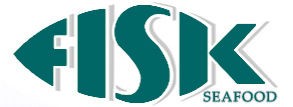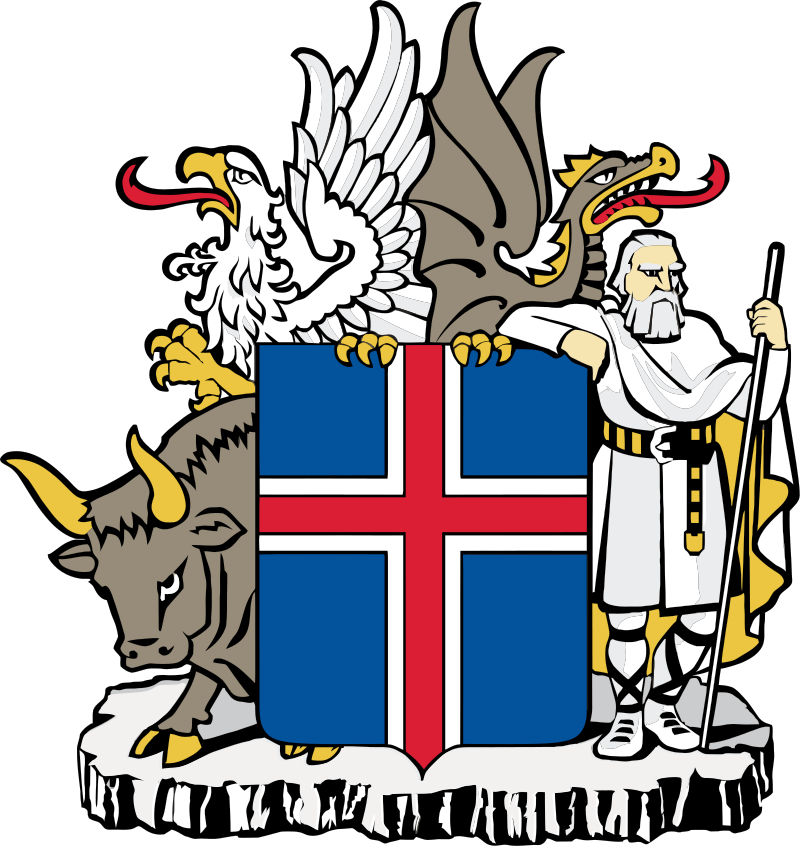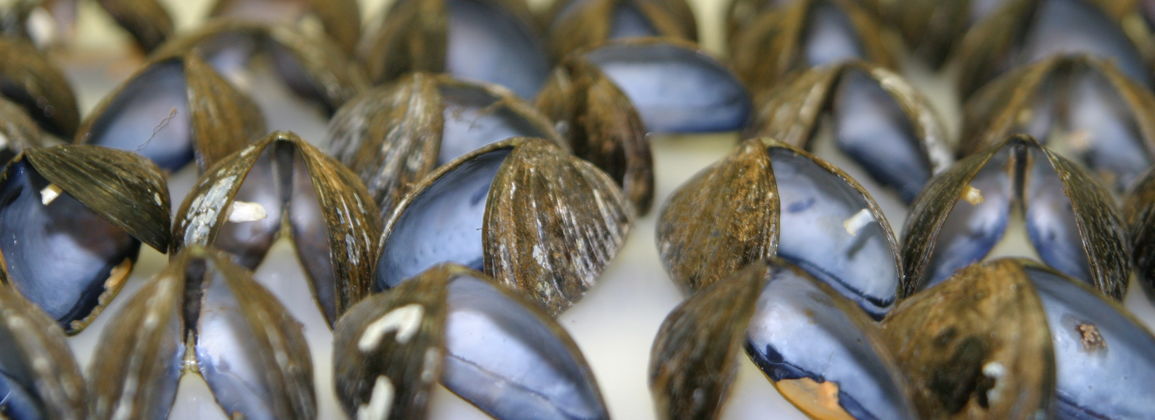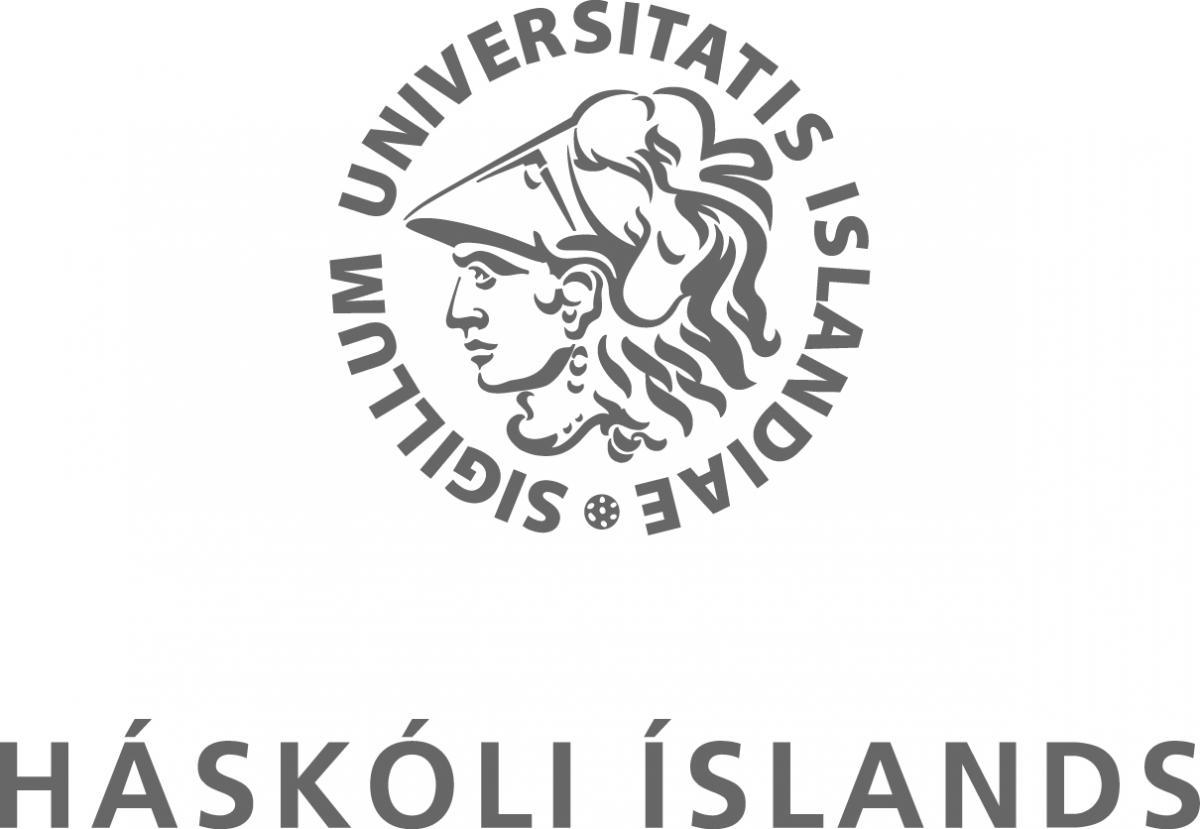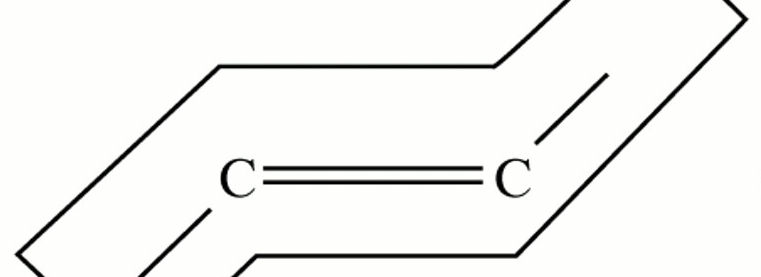Next Friday 17 December. doctoral defense at the University of Iceland School of Medicine.
Hélène L. Lauzon, food scientist, defends her doctoral dissertation "Prevention in cod farming: Isolation, use and effects of additive bacteria in the early stages of cod farming" (Preventive Measures in Aquaculture: Isolation, Application and Effects of Probiotics on Atlantic Cod)Gadus morhua L.) Rearing at Early Stages).
Opponents are dr. Einar Ringø, professor at the Norwegian College of Fishery Science, Faculty of Bioscience, University of Tromsø, and dr. Ágústa Guðmundsdóttir, Professor at the Faculty of Food and Nutrition, University of Iceland.
The supervisor was dr. Bjarnheiður K. Guðmundsdóttir, specialist at the University of Iceland Laboratory of Pathology at Keldur and Adjunct Professor at the University of Iceland School of Medicine. Others in the doctoral committee were Sigríður Guðmundsdóttir M.Sc., specialist at the University of Iceland Laboratory of Pathology at Keldur, dr. Ragnar Jóhannsson, specialist at Matís ohf, dr. Ólafur S. Andrésson, professor at the Faculty of Life and Environmental Sciences, University of Iceland and dr. Seppo Salminen, Professor and Director of the Functional Foods Forum at the University of Turku in Finland.
Dr. Guðmundur Þorgeirsson, professor and president of the Faculty of Medicine, will chair the ceremony, which will take place in hall 132 in Askja and will begin at 13:00.
Abstract from the study
Poor performance in the early stages of cod farming is a problem and the use of antibiotics has been the main remedy. The use of supplemental bacteria is considered as a possible alternative as a preventive measure to promote stability in the farming environment and improve the health of farm animals. The aim of the doctoral project was to increase survival and promote the development of cod larvae in the early stages of farming. Emphasis was placed on the isolation and diagnosis of cultivable bacteria as well as the development of preventive methods. The results of the research are presented in 5 scientific articles.
The effects of different treatments on the cultivable and predominant microbial flora in cod farming were examined during two breeding seasons and also properties related to bacterial infectivity in the farming environment. The results show that both feeding and different treatments influenced the type of microflora and that the composition of the microflora is related to the success of larval farming. A screening process was also designed to select supplemental bacteria from the cod farming environment. Two complementary bacteria, Arthrobacter bergerei and Enterococcus thailandicus, were isolated and their properties described. Studies in the larval and juvenile stages confirmed the ability of these complementary bacteria to enhance prevention in the early stages of cod farming.
The project was carried out by Matís ohf. Partners were the University of Iceland Experimental Center for Pathology at Keldur and the Marine Research Institute's Experimental Center at Stað by Grindavík.
About the doctoral dissertation
Hélène L. Lauzon was born in Montreal, Canada in 1965. She graduated from the Collège Saint-Maurice in 1983 and was an AFS exchange student in Iceland from 1983-1984. She graduated with a BS in Food Science from Macdonald Campus at McGill University in Canada in 1991 and an MS in Food Science from the University of Iceland in 1997. Hélène started working at the Fisheries Research Institute in Microbiology in 1992 and later became a specialist at Matís ohf. She began her doctoral studies at the Faculty of Medicine in 2005.
Hélène's parents are Gilles Lauzon, a butcher, and Suzanne Éthier, a housewife. She is married to Þorfinn Sigurgeirsson, a graphic designer and artist, and together they have two children, Díu and Dag.


